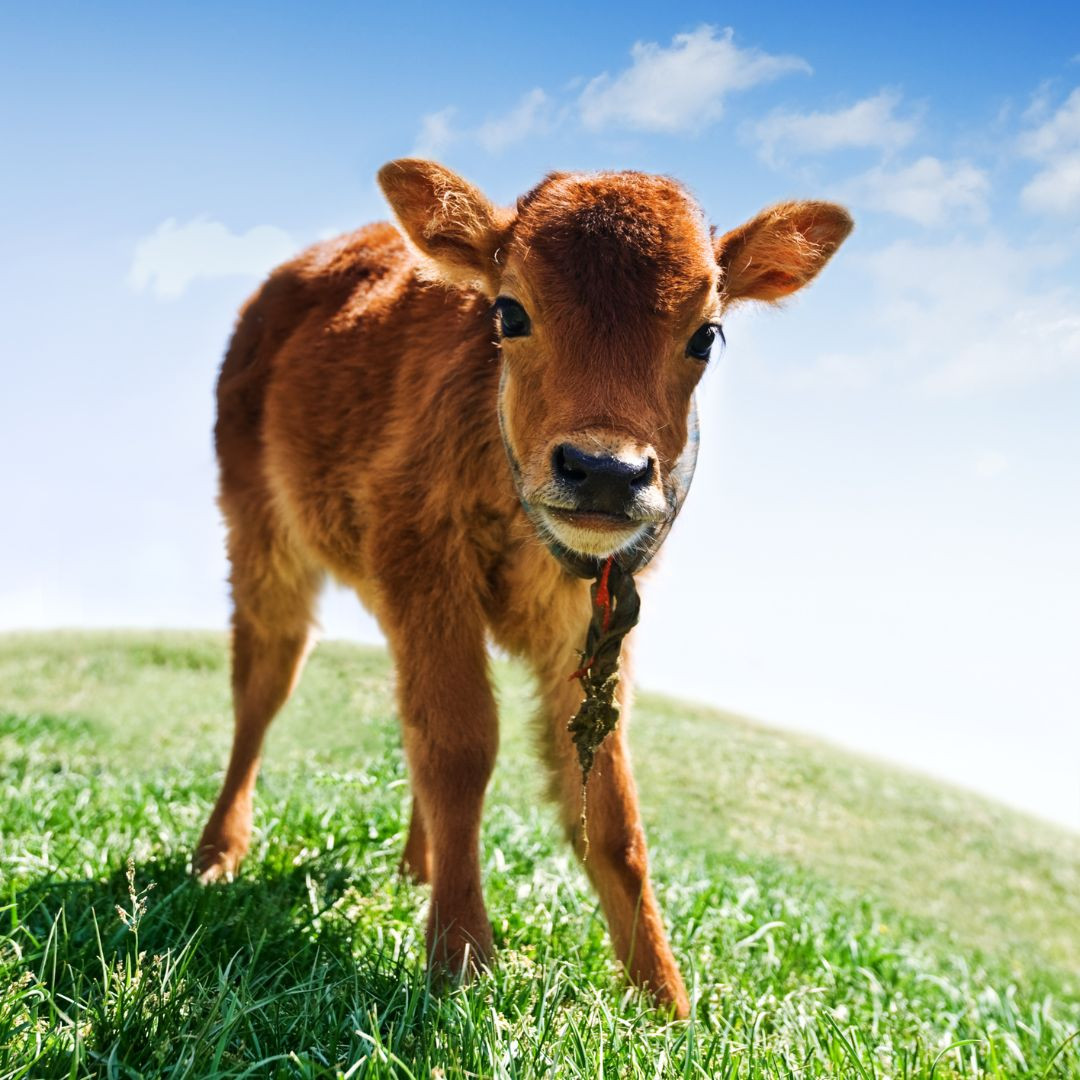
This post may contain affiliate links, which means that I may receive a commission if you make a purchase using these links, with NO additional cost to you.
Calves are a highlight of the spring here. The new babies bouncing around, the fuzzy ears, and the cuddly bottle calves. However, sometimes those babies have problems. Below are some of the common symptoms of chill, scours, and pneumonia, and how to treat them.
The first big problem is weak or cold calves. This happens most frequently at birth, when it is cold. The calf just left a cozy warm place of 101.5 degrees and is now laying on the ground where it is freezing, and he’s wet. Now this doesn’t happen with every calf. Most of the time, they may be cool after birth, even in the cold weather, but if mom gets them cleaned up and they get warm milk, they will be just fine. God designed them beautifully to keep themselves warm.
So, what does a cold calf look like? A cold calf is usually curled up in a ball, possibly shivering or wet, and they don’t jump up and run when you approach. If you stick your finger in their mouth, their mouth will feel cold.
If the calf has a cold mouth but is not shivering, they are on the verge of hypothermia. A calf stretched out in the cold is a big red flag. They are hypothermic and need a hot bath. Often these calves will have eyes open and white. Their breath is slow, and their heart beat weak.
Pick cold calves up and get them warmed up by bringing them to a warm place. Slightly chilled calves go to our wood shop and hang out in old comforters in front of the heater. If you’re checking with a pickup in a big area, you can put the calf in the passenger seat and turn the heater on high directed at them. By the time you’re done with the rounds, you can find his mom and drop him back off. Make sure he gets some milk before you leave.
Hypothermic or almost hypothermic calves come to my house and get spa treatment. Bathroom heater on high, hot tub, and the blow dryer. Sometimes another heater too. Basically, that room starts to feel like a sauna. These calves, I like to get warm milk or colostrum in these calves before sending them back to mom once they are warmed up and walking again. For bottling tips check out the blog Starting Bottle Babies.
Another common problem with calves is scours. This can happen in bottle calves and calves on the cow. However, there are two very different types. One must be treated, or the calf could die. The other is usually self-correcting.
Scours looks like pale greyish-brown diarrhea. When assessing if it needs treated or not, you will need to use your nose. Milk scours happens usually after a storm. The calves bedded down before the storm and didn’t nurse for a while. Once the storm passed, they found mom and tanked up. These calves will have a bit of grey-brown poop on their butt and will act just fine and have a normal poop smell.
The other scours that needs treated are caused by E.Coli. These calves will be lethargic, with dull eyes and droopy ears. They may have grey-brown poop smeared on their butt and sides. They don’t get up and bounce around and they will have a very distinct stink to them. Once you smell it once, you will never forget it. There are different strains that will cause scours and it is best to contact your local veterinarian. They will know what strains are common in the area and what is the best way to treat it quickly.
The final common problem that happens with calves is pneumonia. These calves will be head down typically, breathing hard, snot dripping, eyes dull and ears drooping. When you check their temperature, you will find a fever. Here’s the thing with pneumonia, there are different causes.
When it is super dry, pneumonia can be from dust, even on pasture. Others can be caused by bacteria or virus strains. This is another one, working with your local veterinarian is going to be best here. They will have the knowledge of the different strains going around and which antibiotic or treatment will quickly take them out.
Calves, like all babies, can still get sick. Having the knowledge and tools to quickly diagnose and treat them will result in a better prognosis and outcome.
As I've grown in my journey as an entrepreneur, mom, gardener, and livestock owner, I struggled to find a planner that met my needs and kept me organized. So, I MADE MY OWN. You can look at it on the link below and buy it on amazon below.
Don't want the whole calendar part? I got you! I pulled the gardening and animal care pages out and put them in a book all their own.
Wanting a community to lean into? Join the FREE Helping Your Family Homestead for Food group! This community is for the Mommas, looking to stay home and raise their kids, but unsure how to keep everyone fed and make ends meet. I share tips from my journey from the office to half the income and feeding my family from home, while maintaining good nourishing food. Tips include gardening, bulk buying, caning/preserving, livestock, homesteading, and home remedies. Your family is precious, and this group is to help you gain the knowledge and tools to keep your family well and not reliant on outside professionals. Remedies and tips are easy and simple for the busy momma, time is precious after all, including pregnancy, birth, young kids, and illness. Trust your Momma gut again! This community offers the resources + community you need to help get started on your journey and prepare for whatever future you envision.
Starting to garden doesn't have to be hard! I gathered all the tips I've learned over my gardening learning curve and made them into a simple course to jump start your gardening your life.
Supporting Your Family Naturally from the Inside Out community!! This community is for Mommas, looking to Support Your Family from Nature for Wellness. Tips range from nutrition, herbals, detoxing, natural cleaning, and essential oils. Basically, all the things I’ve learned slowly over the past 5+ years of my journey. We have moved off Facebook, to better serve our community and be able to discuss openly options for providing for your family in the best way possible.
Join the FREE Community
Join the FREE Community
I've had 3 very different pregnancies. After the first traumatic birth, I learned better and how to care for my body naturally and prevent common pregnancy and birth problems before they arise. This quick course will get you the tools you need to have a naturally healthy pregnancy, labor, and delivery. My first pregnancy I had a normal western medicine all the things pregnancy. My second? I flipped to completely natural, no medicine. Bonus: Preventing Preeclampsia Without the Aspirin & Healing from Birth Trauma
Click here to get the stories straight to your email:
For more on wellness tips click here:
For more on homesteading on your budget click here:
For more simple DIY updates click here:




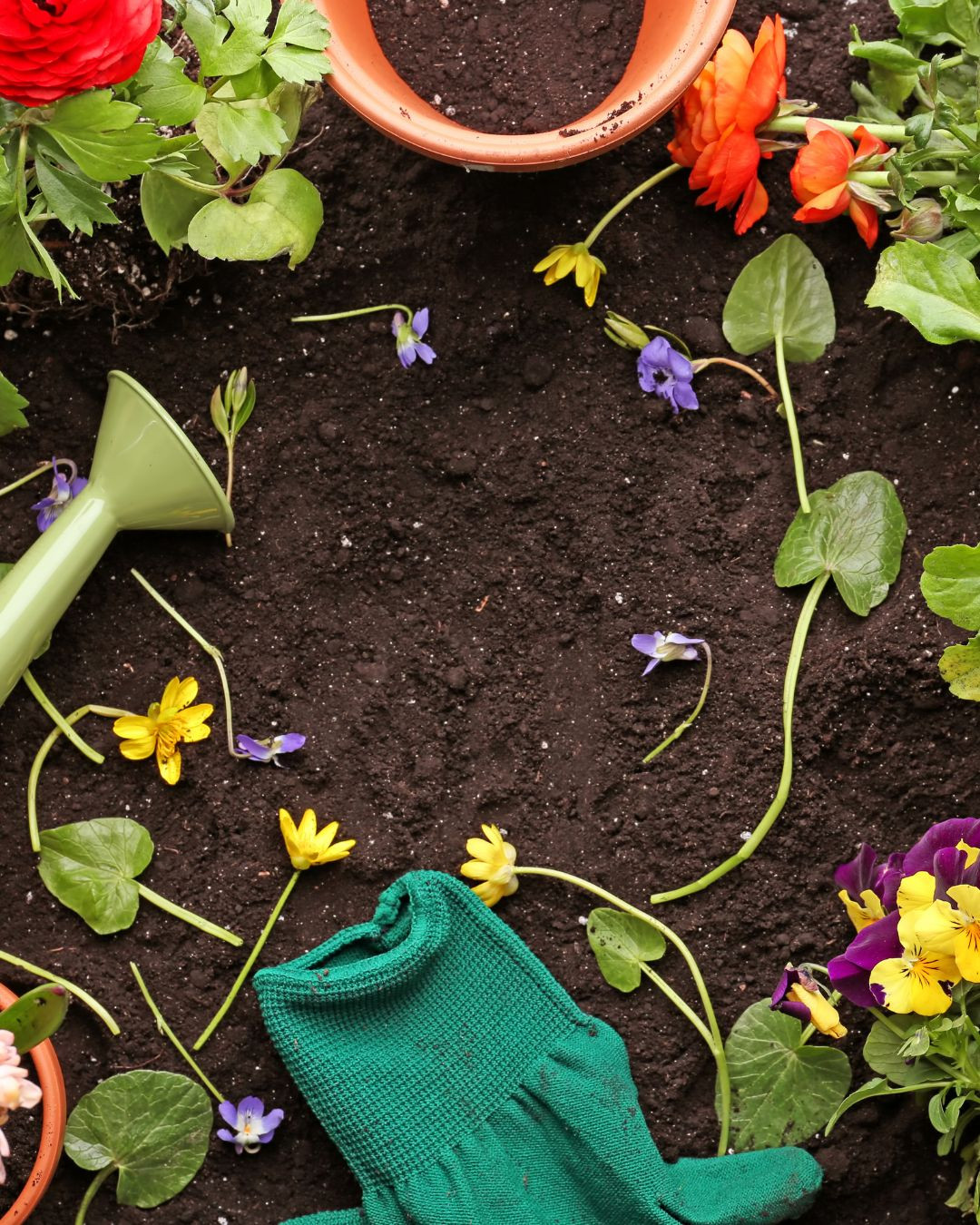


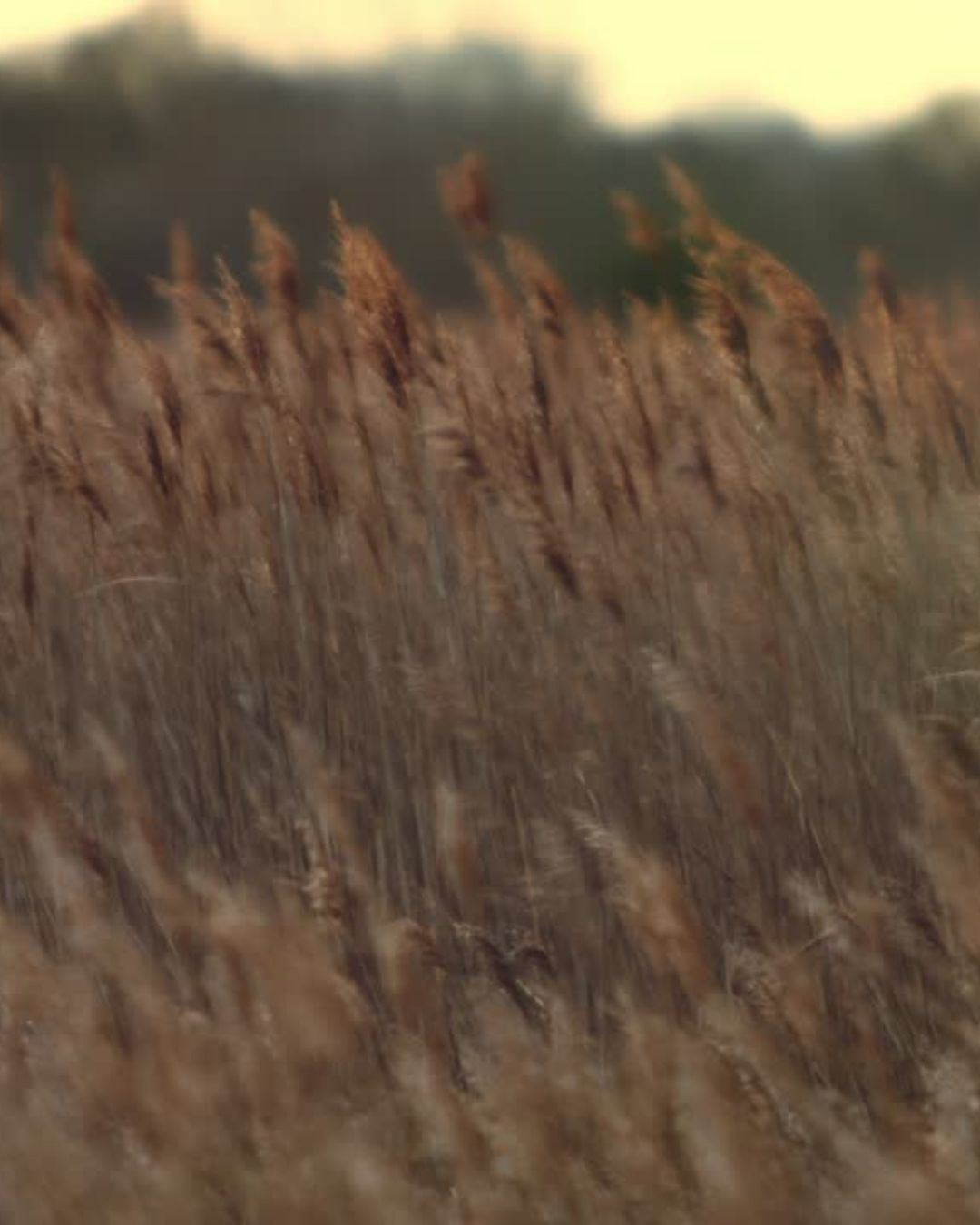
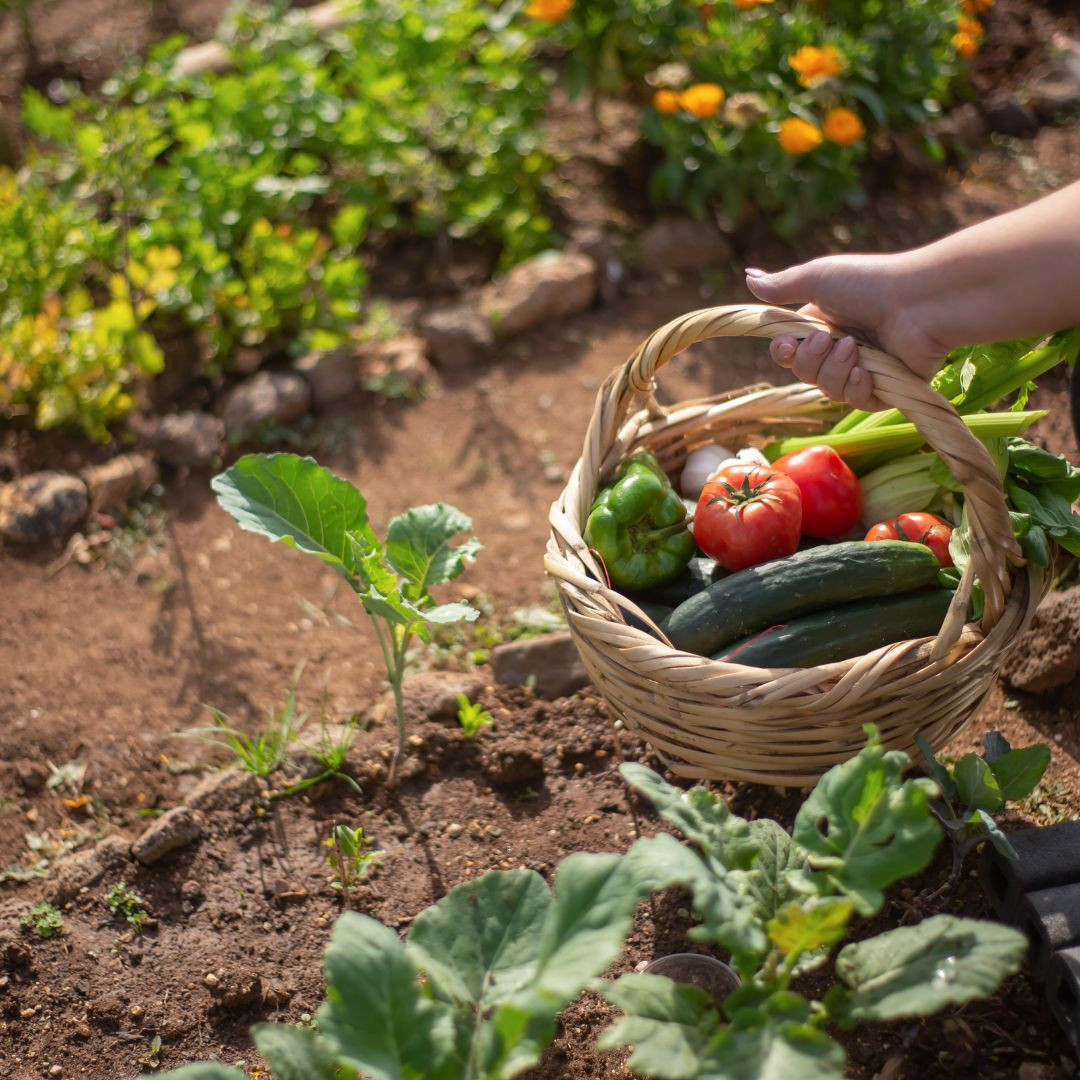
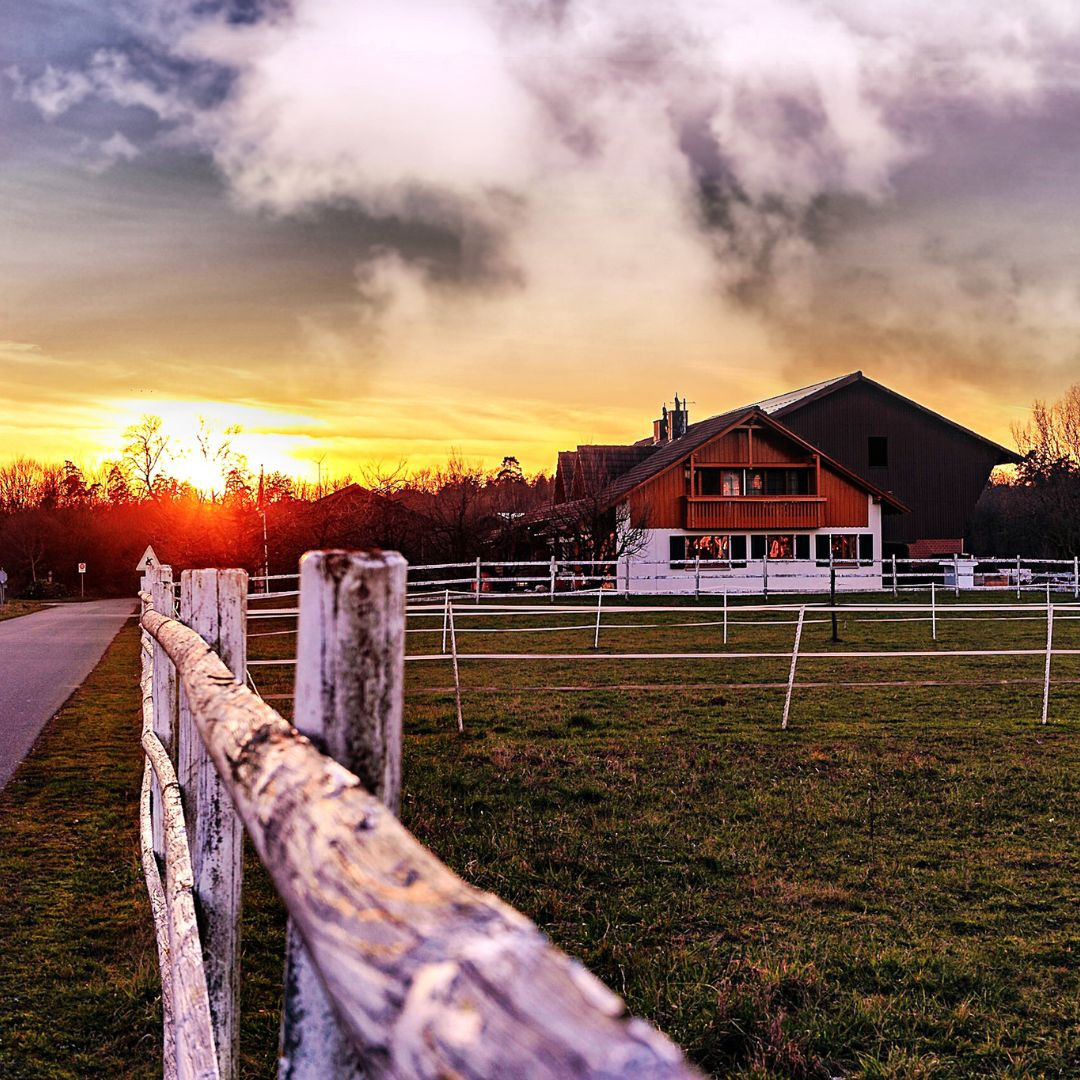

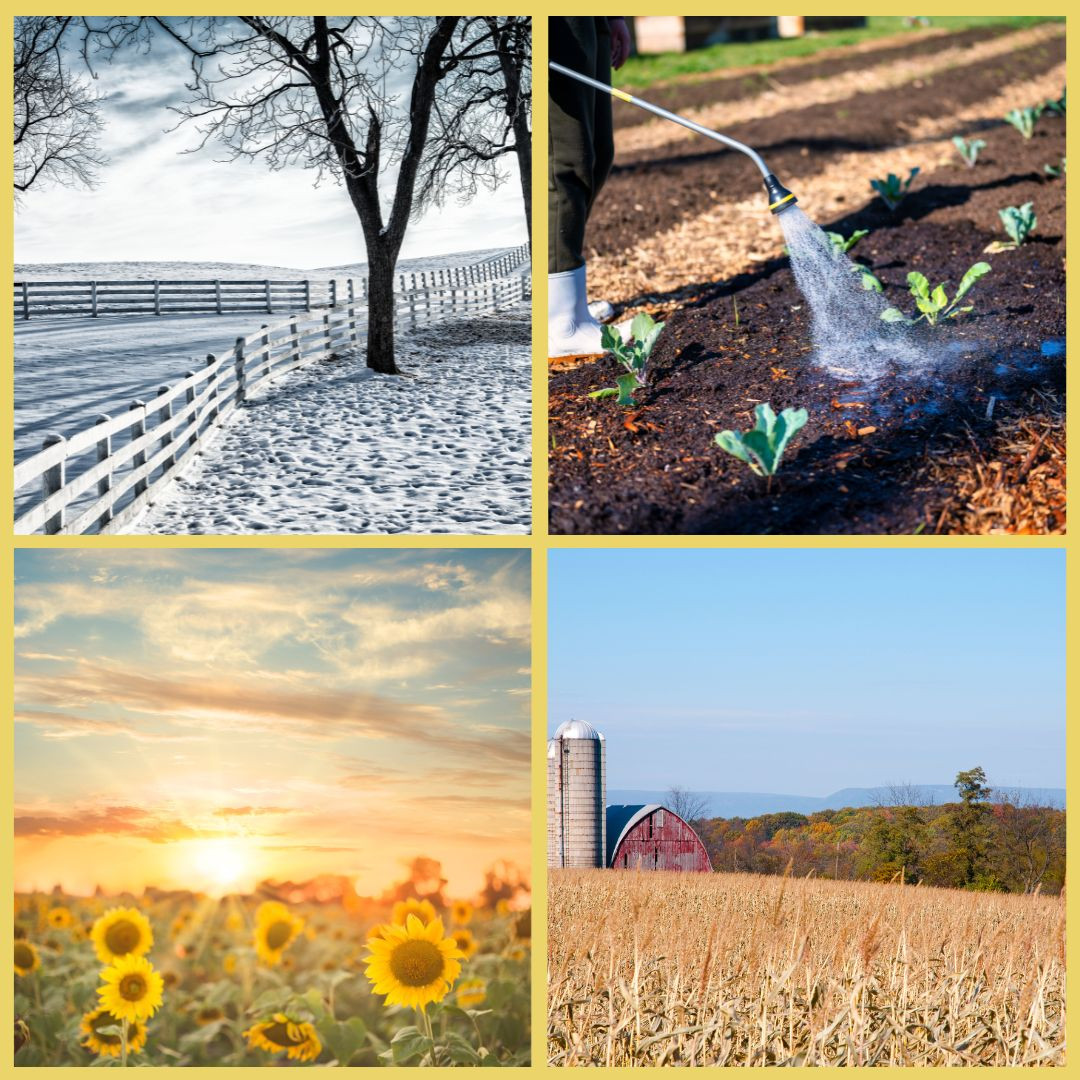



0 Comments